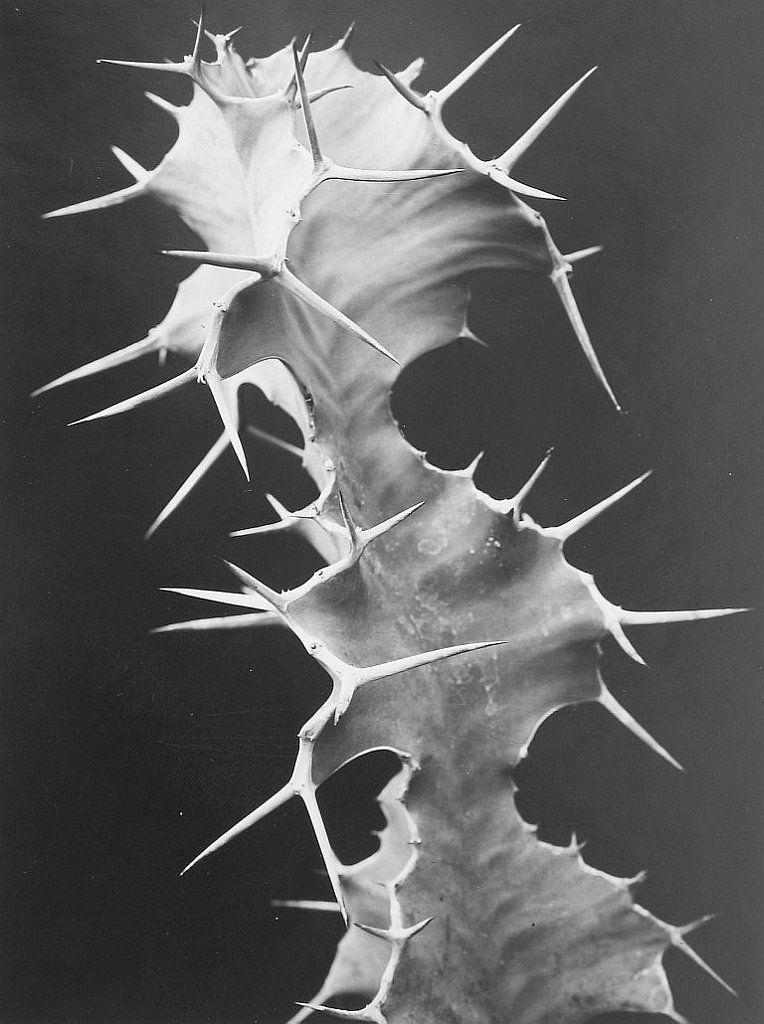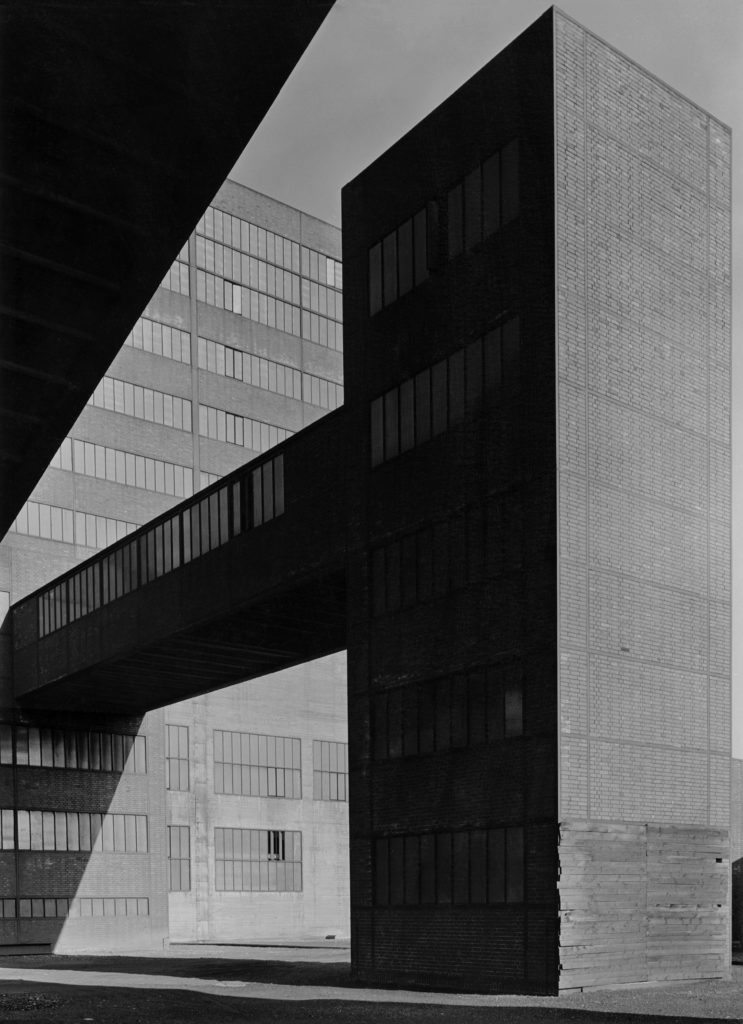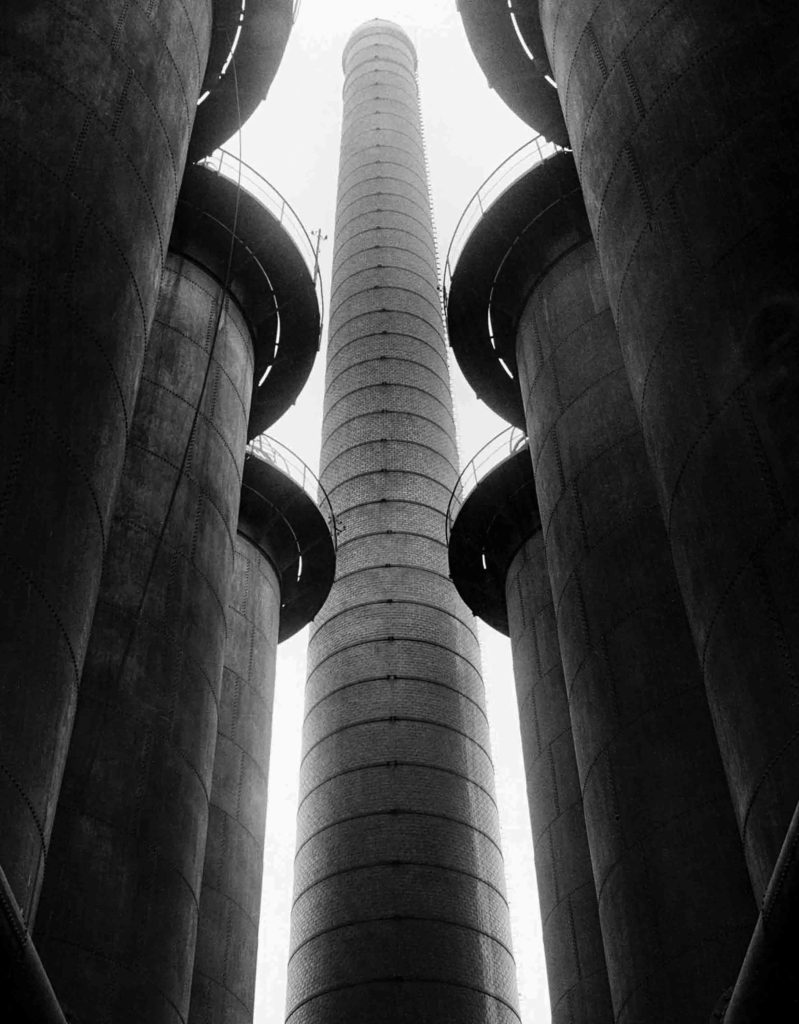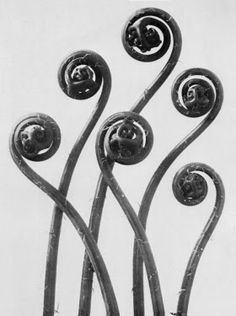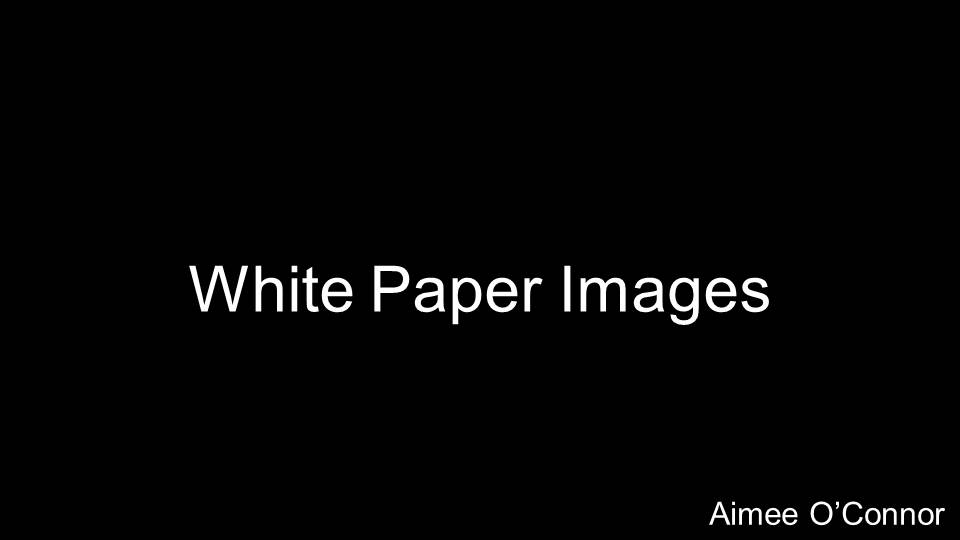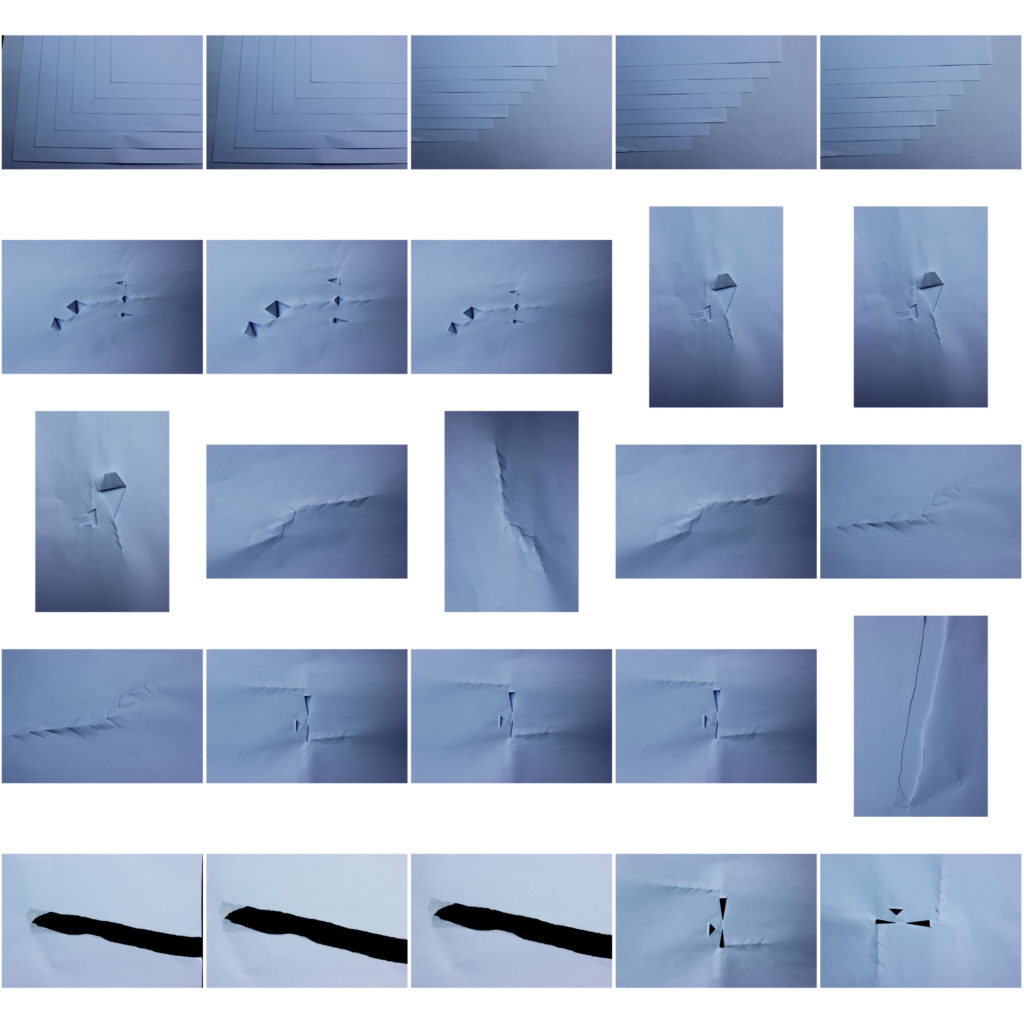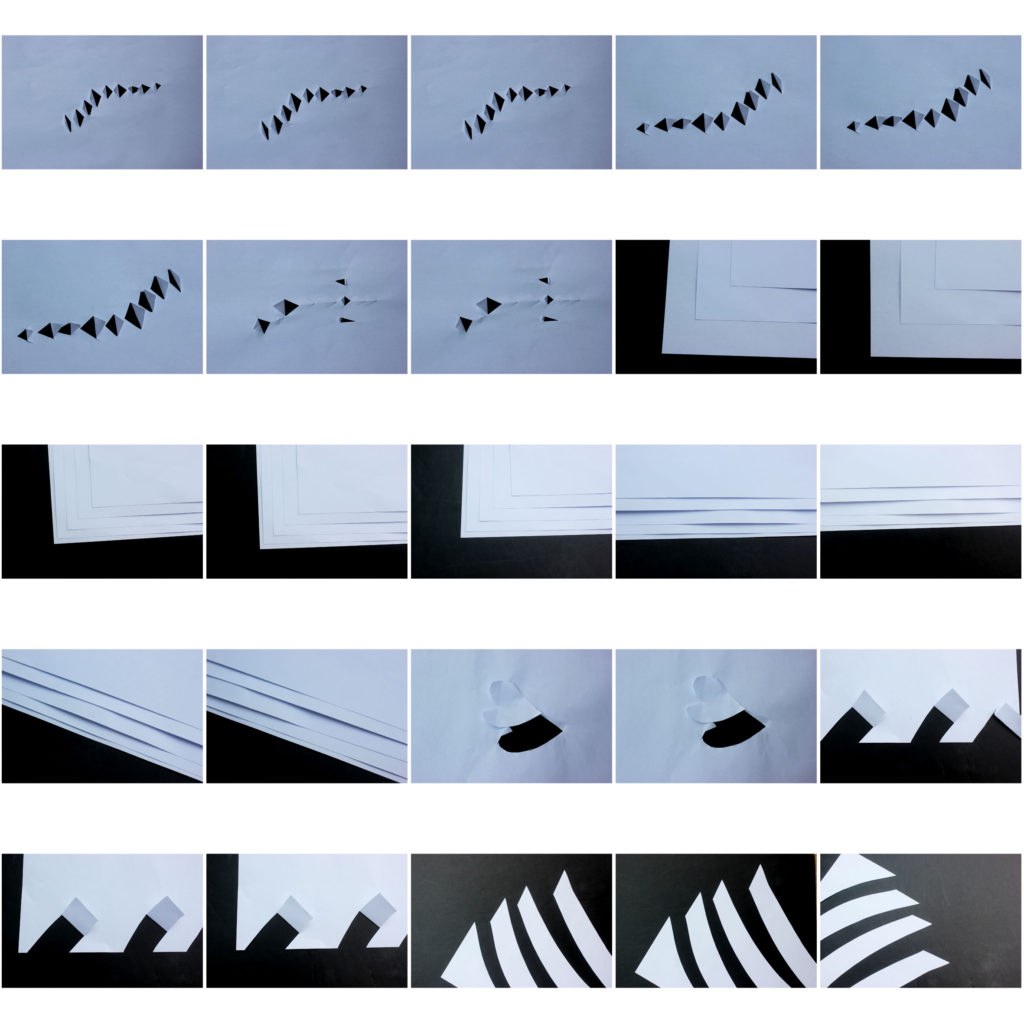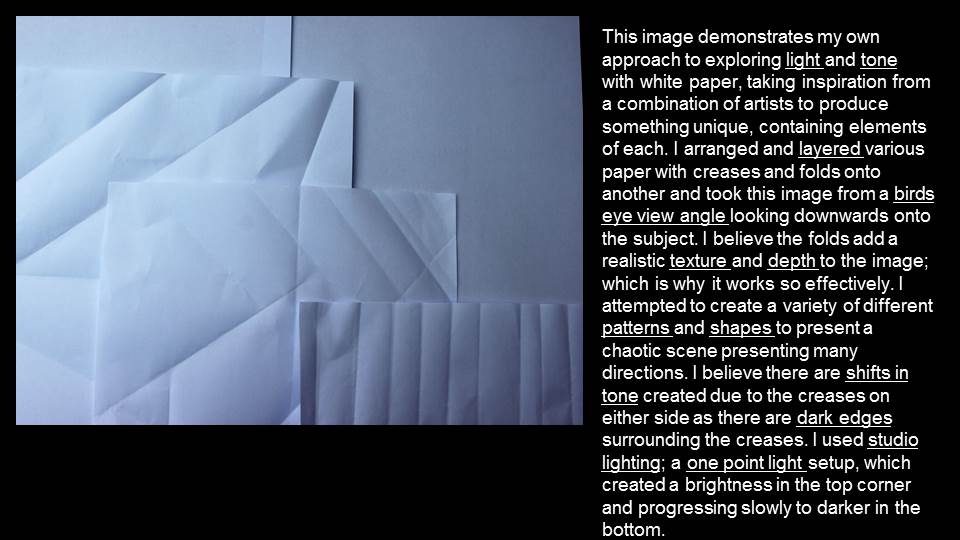The following formal elements are used in photography to create a strong composition :
Line: A point that continues, naturally drawing the eye to certain parts of an image. They can be straight, curved, parallel, diagonal, thick, thin; they can show movement, depth or symmetry.
Shape: Two-dimensional outline of an object or subject. Can be straight-edged (geometrical shapes) or curved/flowy (organic shapes). Defines the objects situated in space.
Form: Three-dimensional. Forms can be either geometric or free form (no visual boundary), considering length width and depth.
Space: Positive space is the areas of an image where the object or subject is present. Negative space is the ’empty’ area surrounding. Photographers follow the Rule of space to create strong compositions with stories.
Pattern and Repetition: Repetition of an object/pattern/item creates a pattern, drawing the eye into the image. It can be used to enhance a composition or be used as the main focus.
Texture: Texture can change how a subject or item in perceived. It can add depth or a three-dimensional effect, adding drama to the image.
Colour: Colour aids in producing a dynamic and interesting image, forming a contrast between sections on the composition.
Light: Light can be either natural or artificial, it can create patterns or highlight specific areas within a frame. Light and shadow work together to create contrast in a composition

Albert Renger-Patzsch
Albert Renger-Patzsch was a German photographer, well known for and associated with the New Objectivity (Neue Sachlichkeit). The New Objectivity movement was created as a response to idealism, by rejecting ideas of sentimentality and portraying the world as clearly and objectively as possible.
“Let us… leave art to the artists, and let us try to use the medium of photography to create photographs that can endure because of their photographic qualities. “
Alfred Renger-Patzsch
Renger-Patzsch’s attitude towards his work was to capture the intricacy and beauty of the modern world, with his produced images ranging from detailed botanical and wildlife studies, to mechanical, architectural and landscape responses. In 1928, he published his book ‘The World is Beautiful’ (Die Welt is Schön) which showcased 100 photographs capturing the excellence and design of both natural and man-altered areas. Elements such as form, repetition, pattern, line and texture are easily recognisable in his work.
Photo Analysis
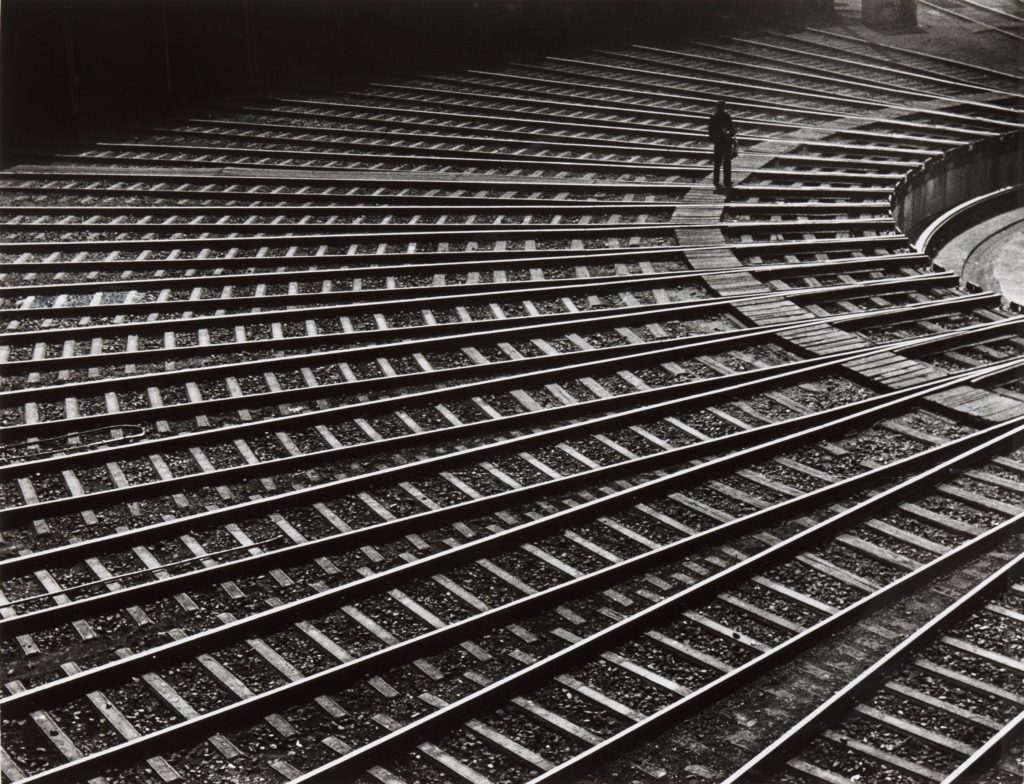
As a New Objectivity photographer, Renger-Patzsch explored the beauty in both urban and natural landscapes. This particular image is one of the one-hundred images capturing the beauty of the reality we live in within Renger-Patzsch’s book ‘The World is Beautiful’.
Renger-Patzch incorporates the formal element of ‘line’ within his photograph. The sweeping curve of the track leads the eye around the image, with straight, converging lines directing the focus to towards the top right of the photo. The intersecting vertical and horizontal lines in the image create tension.
There are repeating patterns and textures that dominate Renger-Patzsch’s photo. The parallel rails in the track are extensively repeated, creating the illusion of curving lines, despite not being attached.
His image has a large tonal range. The lightest tone can be seen in the top right of the image, where the tracks stop. The same tone is found on the rails. The darkest tones are apparent in the mysterious figure and in the top left of the image, creating a sense of perpetuity. producing a striking image that stimulates the viewer’s eyes.
The presence of a figure breaks up the image, acting as a ‘spot‘, creating a focal point and aiding in leading the eye around the image. The solidarity of the individual and the lack of identity the person has creates a sombre atmosphere, to which the person’s background is subjective and open to interpretation. By reducing the space in front of the figure, it makes the viewer wonder what they’re walking away from or what they’re leaving behind.


